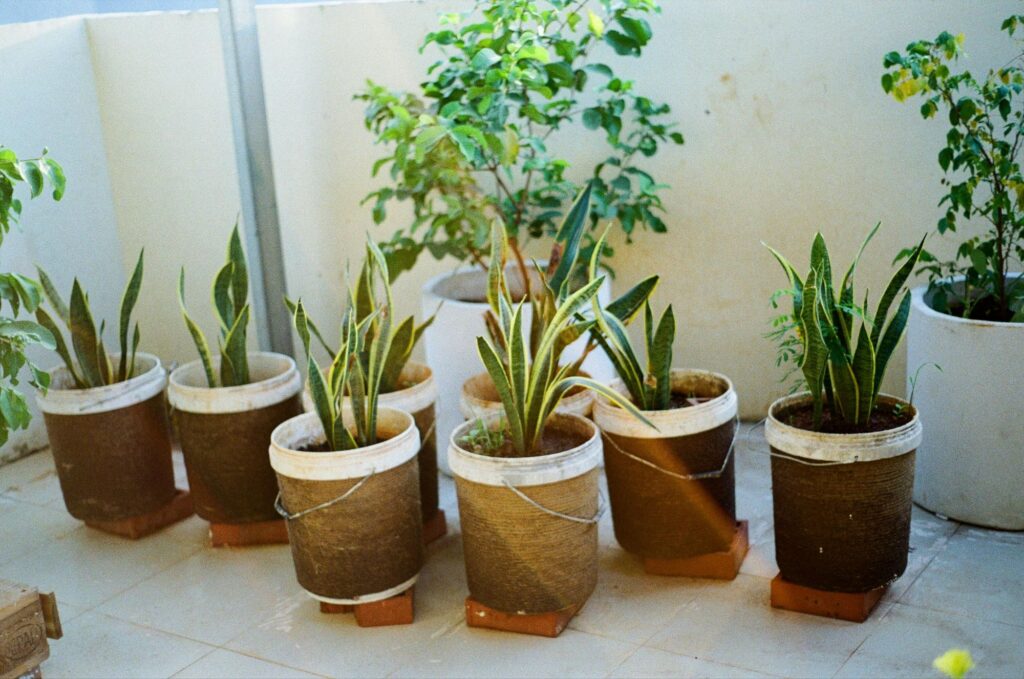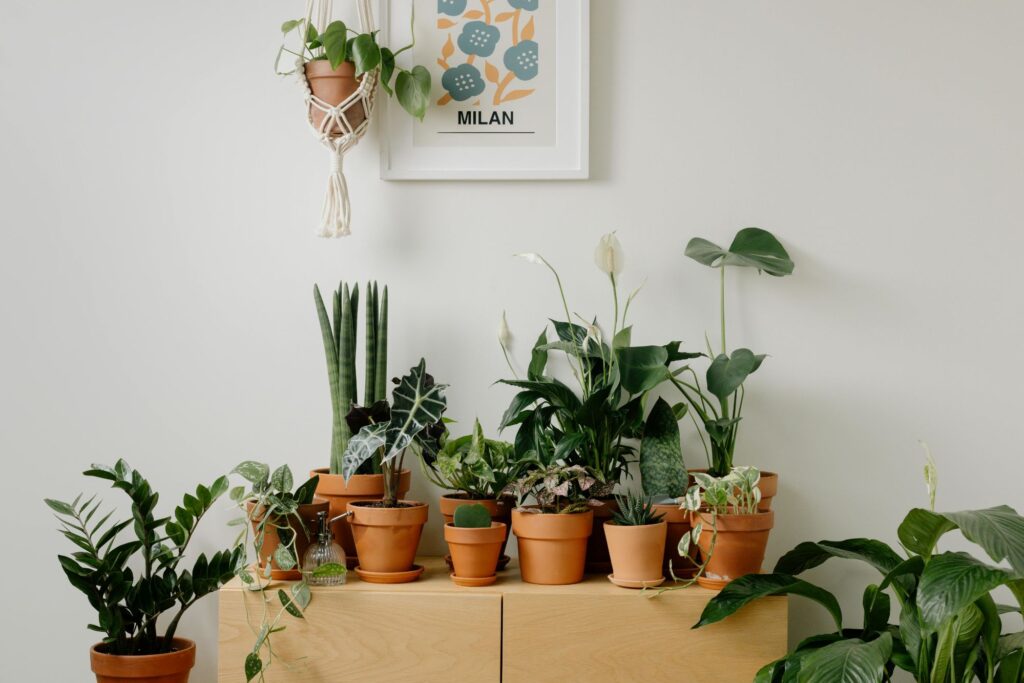Urban farming has grown in popularity as more people look for ways to grow their own food in city environments. However, there are many myths surrounding urban farming that may discourage beginners from starting their own gardens. In this post, we’ll bust some of the most common urban farming myths and provide the facts you need to get started with confidence.
Myth 1: Urban Farming Requires a Lot of Space
The Reality:
Many people believe that urban farming is only possible with a large backyard, but this isn’t true. You can start an urban farm in small spaces like balconies, rooftops, or even windowsills. Vertical gardening, container gardening, and hydroponics are all great ways to maximize limited space and grow a wide variety of crops.

Myth 2: You Need Expensive Equipment
The Reality:
While there are plenty of advanced tools available, you don’t need expensive equipment to start urban farming. Many successful urban farmers use basic tools like garden trowels, watering cans, and inexpensive containers. There are also DIY solutions for irrigation and composting that can save you money while still being effective.
Myth 3: Urban Farms Are Just for Growing Vegetables
The Reality:
Urban farming isn’t just about growing vegetables; it can also include growing herbs, flowers, and even small fruit trees. Many people successfully grow fruits like strawberries, apples, and citrus in containers or raised beds. Urban farming also includes practices like aquaponics, which combines fish farming with plant cultivation.

Myth 4: Urban Farming Is Too Difficult for Beginners
The Reality:
Starting an urban farm can be as simple or as complex as you make it. If you’re just beginning, you can start with easy-to-grow plants like herbs, lettuce, or radishes. As you gain experience, you can experiment with more challenging crops or innovative methods like hydroponics. The key is to start small and gradually expand as you learn.
Myth 5: Urban Farms Are Bad for the Environment
The Reality:
In fact, urban farming can be beneficial for the environment. It reduces the carbon footprint associated with transporting food, promotes the use of organic practices, and encourages biodiversity. Many urban farms use sustainable practices like composting, rainwater harvesting, and organic pest control, which contribute positively to the environment.

Myth 6: Urban Farming Is Only for People Who Want to Make Money
The Reality:
While some urban farmers sell their produce, the majority are simply growing food for personal consumption. Urban farming is about self-sufficiency, health, and sustainability. It allows individuals to have access to fresh, homegrown food, reducing grocery bills and improving overall well-being.
Myth 7: Urban Farms Attract Pests and Are Hard to Maintain
The Reality:
Like any garden, urban farms can attract pests, but with proper planning and care, you can keep them under control. Companion planting, natural pest repellents, and regular maintenance can help keep your garden healthy. In fact, many urban farmers find that their gardens are easier to manage than traditional rural farms due to their smaller size and more concentrated care.
Conclusion: The Truth About Urban Farming
Urban farming is not as difficult or space-consuming as it may seem. By busting these myths, we hope to encourage you to take the leap into urban farming. Whether you’re looking to grow your own food, reduce your environmental impact, or simply enjoy the therapeutic benefits of gardening, urban farming is a rewarding journey that anyone can start.
Call-to-Action (CTA):
“Did you believe any of these myths before? Share your thoughts or ask any questions you have about urban farming in the comments below!”






